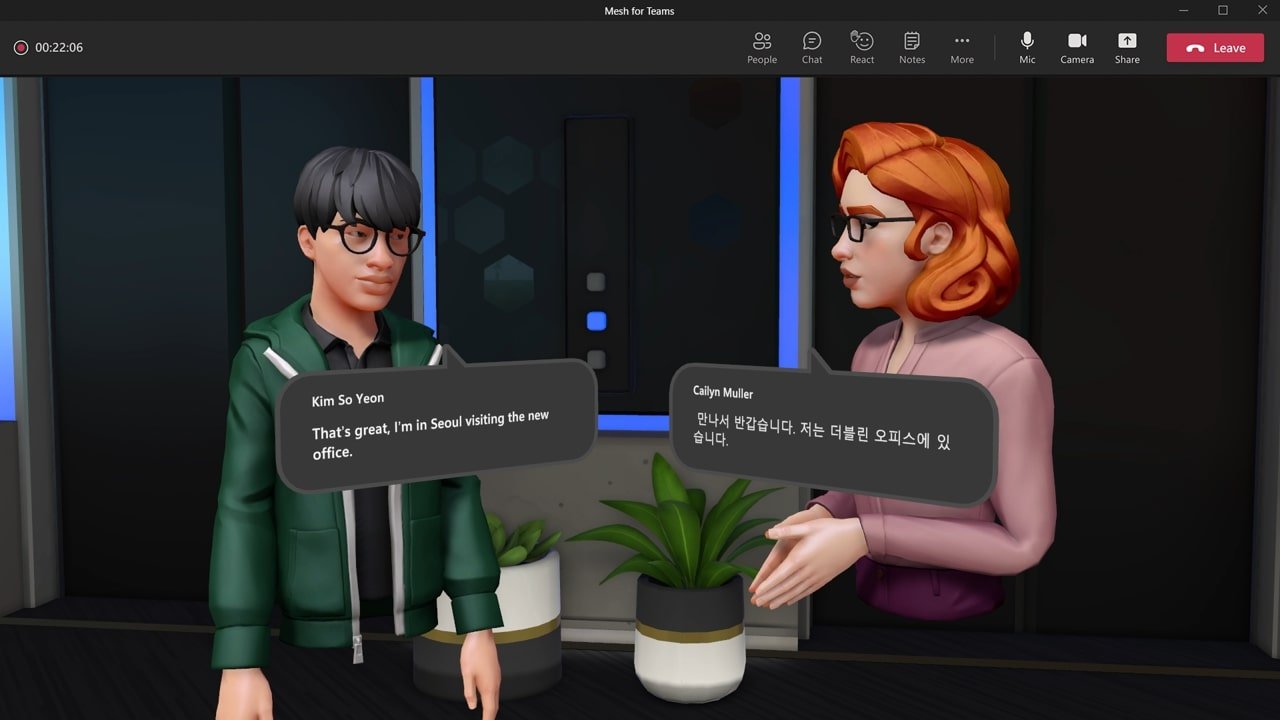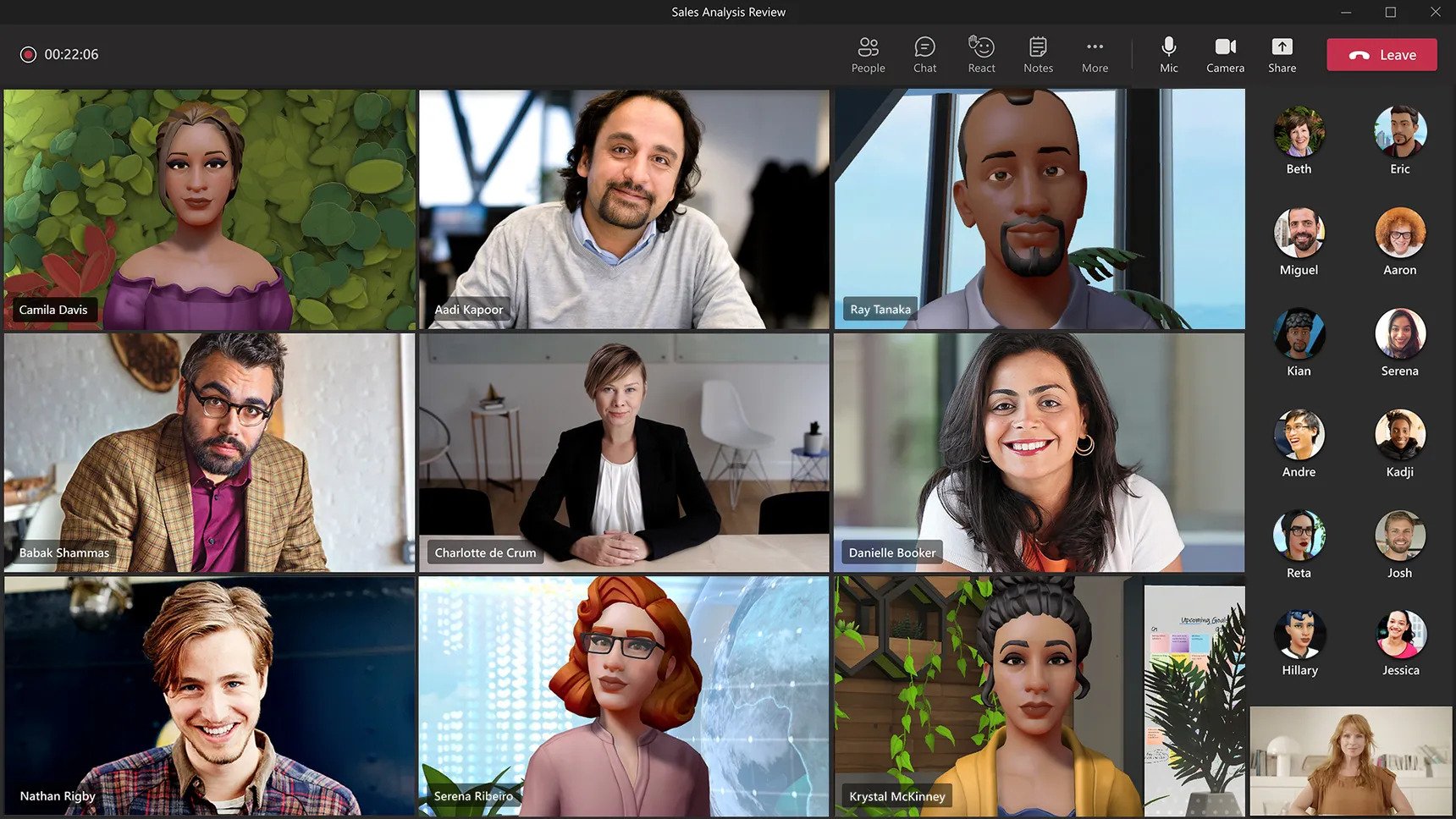After Facebook’s metaverse move last week, Microsoft has hopped on the metaverse bandwagon! Yesterday, Microsoft announced it will launch Mesh for its video conferencing platform, Teams in early 2022. Mesh, the company said, will allow people to create “a shared sense of presence on devices.”
“I can’t overstate how much of a breakthrough this is,” Microsoft CEO, Satya Nadella, said during the company’s Ignite conference yesterday. “It’s no longer just looking at a camera view of a factory floor, you can be on the floor. It’s no longer just video conferencing with colleagues, you can be with them in the same room.”

What are Microsoft’s plans for the metaverse?
Unlike Facebook, which plans to build products that enable people to join the metaverse, Microsoft’s focus is on enterprises. Microsoft defines the metaverse as a “persistent, digital world that is connected to many aspects of the physical world, including people, places and things.” Thus, the metaverse allows users to have “shared experiences” in real-life and in the digital world.
How exactly does Microsoft plan to make this happen? That’s where Mesh comes into the picture. Mesh is a virtual collaboration tool for Teams and will be launched in 2022. With this, people can create their own digital avatars and interact with others in a virtual environment such as a virtual office. Furthermore, companies can use Mesh to create a range of immersive experiences and build metaverses inside Teams.

These avatars can represent individuals in both 3D and 2D meetings. This way, if users are feeling a “meeting fatigue”, they can simply have their avatar in the meeting and don’t turn on their webcam. For this, people won’t need any “special equipment” like a VR headset. However, having VR or AR headset, will, of course, enhance the experience.
“It’s not binary, so I can choose how I want to show up, whether it’s video or an avatar,” Katie Kelly, principal product manager for Microsoft Mesh, told The Verge. “We are able to interpret your vocal cues to animate that avatar, so it does feel present and it does feel like it’s there with you.”
Microsoft will use Artificial Intelligence and Machine Learning models to study users’ voices and then animate their avatars. If it’s a 3D meeting, users will also be able to raise their avatar’s hands using the raise hand option.
The wider impact
Metaverses have already been popular in the crypto and NFT space thanks to metaverse games like The Sandbox and Decentraland. However, as tech giants like Microsoft add to the hype, not only does it reach a wider audience, but also impact existing metaverse tokens.
For instance, soon after Facebook announced its metaverse move, tokens like MANA, SAND, AXS, and others gained significantly. While Decentraland’s MANA grew as high as 132.2% on October 31, The Sandbox’s SAND token grew 64.8% in a day’s time.
